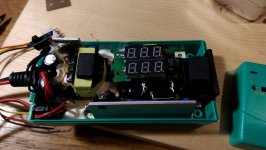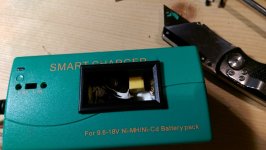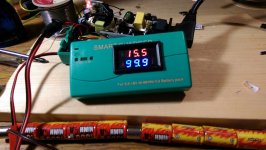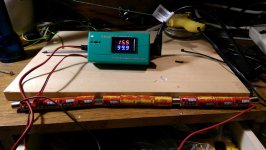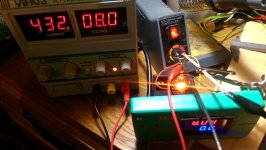brainfarth
100 mW
I had a Powerizer smart charger http://goo.gl/QZPavz that I wanted a voltage and amperage readout on. So I installed a cheap combo meter http://goo.gl/gVTYq7 on it. Somewhere down the road, I lost the original shunt for it. Not that I could ram something that large inside the case. So I'm wondering what steps would you take to make your own shunt that would be small enough to fit inside. The max output is 18 volts at 1.75 amps.
